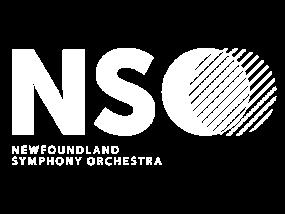






Congratulations to the esteemed Newfoundland Symphony Orchestra (NSO) on the launch of their 2024-2025 season. The NSO remains a cornerstone of Newfoundland and Labrador’s cultural arts scene, captivating with diverse programming that embraces pop culture, broadening appeal across generations. In 2023-24, the NSO engaged communities by offering in-school and virtual programs for students and free online concerts for seniors, enriching lives through music. As they begin this new season, the NSO honours maestro Marc David for his remarkable 30-year career, shaping the orchestra’s legacy and leaving a lasting impact on Newfoundland and Labrador’s cultural landscape. The Government of Newfoundland and Labrador proudly supports the NSO, recognizing its pivotal role in enriching our province’s arts and culture sector.
On behalf of the City of St. John’s, I extend warm greetings to the Newfoundland Symphony Orchestra as you embark on your 2024/2025 season with the inspiring theme of “Resonance.” This season holds special significance as you celebrate the remarkable 30-year career of Maestro Marc David. His dedication, passion, and leadership have left a lasting mark on the NSO, resonating deeply with audiences in our city and beyond. The arts play a crucial role in enriching our lives, fostering creativity, and bringing people together. The NSO’s commitment to delivering exceptional musical experiences reflects the vibrant cultural landscape we’re fortunate to have in St. John’s. Your performances not only entertain but also inspire and uplift, creating lasting moments. As we celebrate this milestone season, my sincere gratitude goes to the musicians, staff, volunteers, and supporters of the NSO. Your tireless efforts ensure the symphony thrives and resonates with audiences of all ages. I’m confident that this season will be filled with memorable performances that leave a lasting impact. Congratulations to Maestro Marc David on his illustrious career, and best wishes to the NSO for a successful and resonant 2024/2025 season.
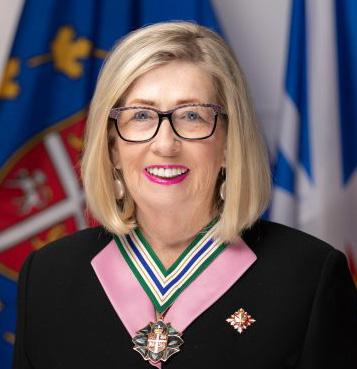
Joan Marie J. Aylward, O.N.L., B.N., R.N. Lieutenant Governor of NL
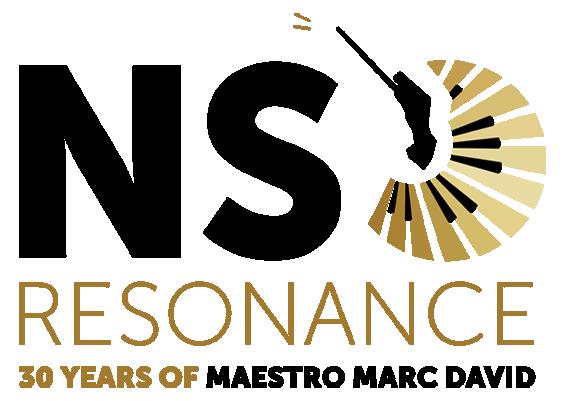
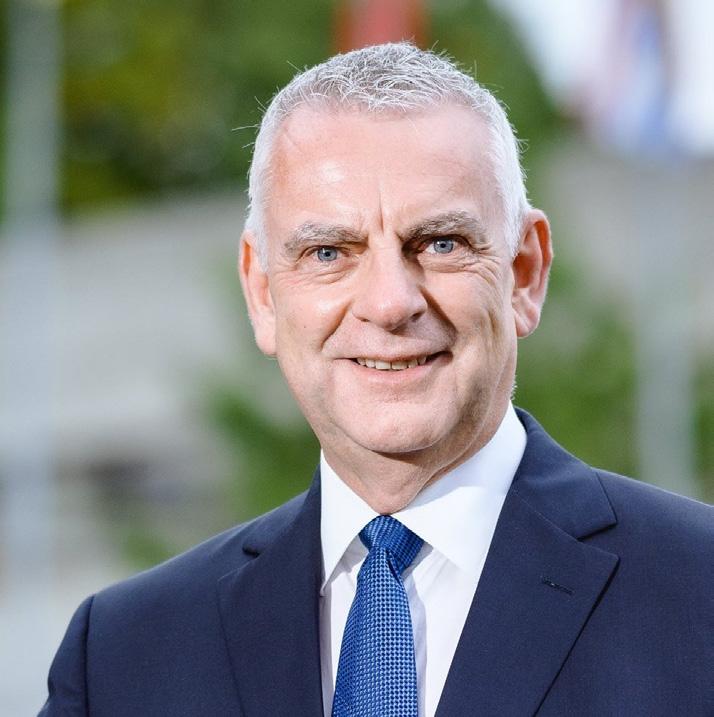
Danny Breen Mayor of St. John’s
As Honorary Patron, it is my pleasure to extend best wishes to the Newfoundland Symphony Orchestra for the 2024/2025 season. Once again, the NSO will delight audiences with a season full of performances for many different musical tastes. This year’s theme is “Resonance”. Indeed, the NSO resonates throughout our province and contributes much to our rich artistic culture. Now with 84 members, the NSO has come a long way since its inception as a fledgling ensemble in 1962. This season also marks the final one for Principal Conductor Maestro Marc David. For 30 years the Orchestra has been guided by his steady hand. We join with you in celebrating his contributions, and his leadership with the NSO. Thank you Maestro Marc David for all the joy you have brought for audiences over your years with the NSO. I hope you will enjoy each performance this year. To the musicians, staff, crew, and all who play a part within the NSO, I wish you the best for your season, which I am confident will resonate with pride for audiences throughout the province. We are so proud of you, and we celebrate your continued success as you begin your new season in the Year of the Arts. Bravo!

Saturday, January 11, 2025 • D.F. Cook Recital Hall, MUN School of Music
Presented by Quidi Vidi
Simon Rivard, conductor
K.Agócs
J-F. Rebel
A.Vivaldi
I.Stravinsky
I. Le Chaos
II. Loure I: La terre et l’eau
III. Chaconne: Lefeu
IV. Ramage: L’air
V. Rossignols
VI. LoureII
VII. Tambourins I&II
VIII. Sicilienne
IX. Rondeau: Air pour l’Amour
X. Caprice
Sinfonia
I. Sinfonia
II. Serenata
III. Scherzino – Allegretto – Andantino
IV. Tarantella
V. Toccata
VI. Gavotta (con due variazioni)
VII. Vivo
VIII. Minuetto – Finale
We acknowledge the province of Newfoundland and Labrador as the traditional territory of diverse Indigenous groups, and we acknowledge with respect the diverse histories and cultures of the Beothuk, Mi’kmaq, Innu, and Inuit of this province. We strive for respectful relationships with all the peoples of this province as we search for collective healing and true reconciliation and honour this beautiful land together.


This upcoming season sees Rivard on the podium for reengagements with Orchestre symphonique de Montréal (Respighi’s Pines of Rome), Orchestre symphonique de Québec, and Orchestre classique de Montréal (Menotti’s The Medium), as well as débuts with the Newfoundland Symphony Orchestra, and Opéra de Montréal (Puccini’s La bohème).
Simon returns to his position at Edmonton Opera, conducting Strauss’ Die Fledermaus and Bartók’s Bluebeard’s Castle. He continues to share his love of new music through collaborations with The Happenstancers (Canada), performing world premieres and masterpieces by Arnold Schoenberg, Unsuk Chin, Elliott Carter, and Luciano Berio.
Rivard has conducted orchestras across North America and Europe, such as Orchestre symphonique de Montréal, Orchestre Métropolitain, Orchestre symphonique de Québec, Toronto Summer Music Festival Orchestra, Verbier Festival Chamber Orchestra (Switzerland), and the Göteborgs Symfoniker (Sweden). He has collaborated with artists such as Barbara Hannigan, Kerson Leong, Daniel Lozakovich, Matt Haimovitz, Charles Richard-Hamelin, and Julie Boulianne, among others.
Other recent highlights include a complete cycle of Beethoven’s symphonies with Orchestre de la francophonie and an homage to Maria Callas with Orchestre symphonique de Laval. In 2022, he was also a finalist of the Princess Astrid International Music Competition of the Trondheim Symfoniorkester (Norway).
Since 2023, he has been acting as Rafael Payare’s assistant at Orchestre symphonique de Montréal in various projects. From 2018 to 2022, he was the Resident Conductor of the Toronto Symphony Orchestra, where he was mentored by Gustavo Gimeno and Sir Andrew Davis. From 2018 through 2024, he was the Conductor of the Toronto Symphony Youth Orchestra. Between 2020 and 2022, he served as the Associate Conductor of the Toronto Mendelssohn Choir.
Between 2019 and 2023, he has been an Equilibrium Young Artist, as part of Canadian soprano and conductor Barbara Hannigan’s mentorship program for early-career professional musicians. In 2018, he was invited to participate in the first Conducting Mentorship Program at the Verbier Festival Academy (Switzerland). In addition to receiving a Special Prize, he was subsequently reinvited to coach the 2022 Verbier Festival Junior Orchestra.


VIOLIN 1
Heather Kao
Dominic Greene
Andy Kao
Lauren Smee
Whit Fitzgerald
VIOLIN 2
Nancy Case-Oates
Carole Bestvater
Elena Vigna
Jacquelyn Redmond
VIOLA
Kate Read
Ema Shiroma-Chao
Chantelle Jubenville
Mahina Graham-Laidlaw
CELLO
Nathan Cook
Amy Collyer-Holmes
Sandra Pope
BASS
Frank Fusari
Denise Lear
FLUTE
Michelle Cheramy
Sarah Comerford
OBOE/ENGLISH HORN
Annie Corrigan
Kathy Conway-Ward
BASSOON
Grant Etchegary
Nicole Hand
HORN
Emily Dunsmore
Doug Vaughan
TRUMPET
Katie Sullivan
Jill Dawe
TROMBONE
Darren McDonald
TIMPANI
Etienne Gendron
HARPSICHORD
Jenny Griffioen



The pieces on tonight’s program challenge the ways we categorize and label music. Featuring baroque music that sounds contemporary, 20th-century music that looks to the past for inspiration, and devotional pieces that seem to dance, this concert showcases the confrontation of the ancient and the modern, the sacred and the profane.
Speaking on her piece Devotion (2014), Kati Agócs (b. 1975) notes “Devotion means a state of being ardently, affectionately dedicated and loyal to a person or idea; the word, usually in plural, also connotes a private religious observance or prayer.” In its opening measures the piece establishes a prayer-like atmosphere, which throughout is punctuated by more intense moments that suggest struggles with a fiery underlying passion.
French composer Jean-Féry Rebel’s (1666-1747) ballet Les Éléments (1737) is particularly notable for its opening movement “Le chaos,” which depicts the creation of the world. Divided into seven parts—each representing a day of creation—the opening is almost shockingly modern, with the composer depicting the idea of chaos by simultaneously sounding every note of the d minor scale. Gradually order emerges as the elements take shape: earth in the long sustained notes of bass instruments; water in the gently flowing melodies from the flutes, air in the trills of the piccolo, and fire in the rapid figurations of the violins. The remaining movements, rooted in traditional French dances like the loure and chaconne, continue to evoke the four elements, albeit without the shocking dissonance of the first movement!
Antonio Vivaldi (1648-1741) was one of the prolific composers of the Baroque era, composing not only concertos— for which he is particularly remembered—but also numerous operas and keyboard works. While many of the composer’s most popular works are virtuosically energetic, the subdued nature of Sinfonia al Santo Sepolcro in B minor (circa 1730) reflects Vivaldi’s dual profession as a priest in the Catholic church. Vivladi likely wrote this piece to be performed in a liturgical setting during holy week as christian congregations reflected on the death of Christ. Opening with a slow, chromatic adagio, the fugal second movement evokes the solemnity of the religious occasions, calling to mind the the Passions of Bach more than much of Vivaldi’s own exuberant music.
While Igor Stravinsky’s (1882-1971) early works—like the infamous “Le Sacre du printemps”—were firmly in the avant garde, around 1920 the composer began to explore a new neoclassical style, one that saw him turn his eyes towards the music of the past. At the suggestion of ballet impresario Sergei Diaghilev, Stravinsky took inspiration from a collection of 18th-century music (at the time erroneously attributed to operatic composer Giovanni Battista Pergolesi) for his next ballet, Pulcinella, which premiered at the Paris Opéra in 1920 Based on the Italian Commedia dell’arte (semi-improvised plays based on stock characters), the ballet told the story of Pulcinella’s attempts to successfully woo his sweetheart, a surprisingly complicated endeavor that involved both a fake murder and a resurrection! Stravinsky essentially maintains all of the original notes of his 18th-century sources, but imbues them with new textures, harmonies, and rhythms. As Stravinsky would state, he was not creating a forgery of Pergolesi, but repeating the composer’s music “in his own accent.” Stravinsky premiered the Pulcinella Suite, based on the ballet, in 1922.
Program notes by Dr. Annalise Smith



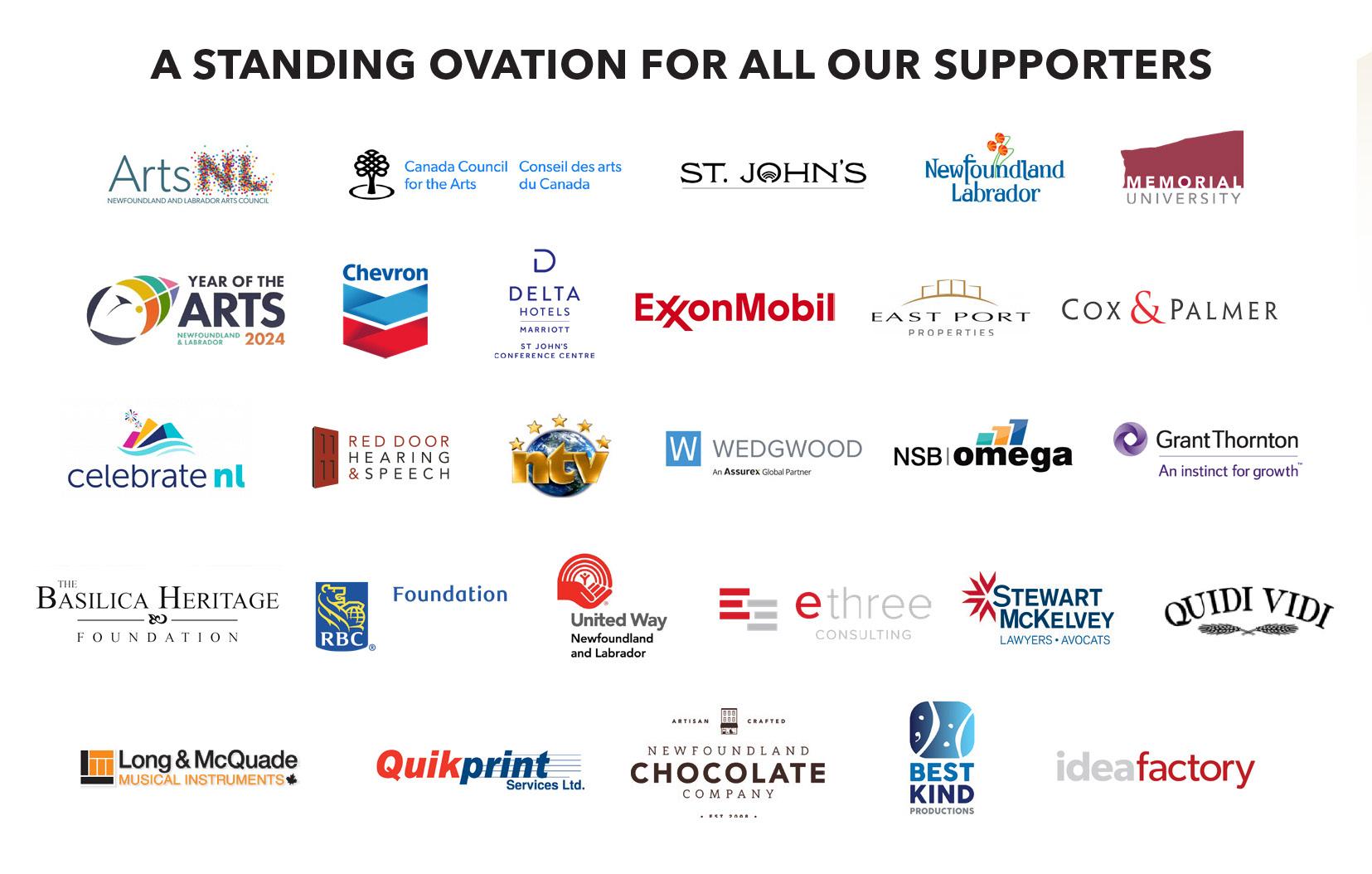

Lynn Ann Pye, Patron Relations Manager
Jennifer Brennan, Education & Outreach Coordinator
Maria Penney, Marketing & Development Manager
Dominic Greene, Personnel Manager
Steve Power, Production Manager/Video Production/Editing
Jenny Griffioen, Librarian
Kyle McDavid, Graphic Designer
N SO Bo ard
T om Hickey (Chair)
Ian Penne y (Vice-Chai r)
Paul McDonald (Past Chair)
D ouglas Wright (Treasurer)
Conor Stack (Corporate S ecretary)
J essica Chapman
H e a ther McKinnon
Michelle Davis
A n d rea Rose
Duncan Fitzpatri ck
Glenn Colton
